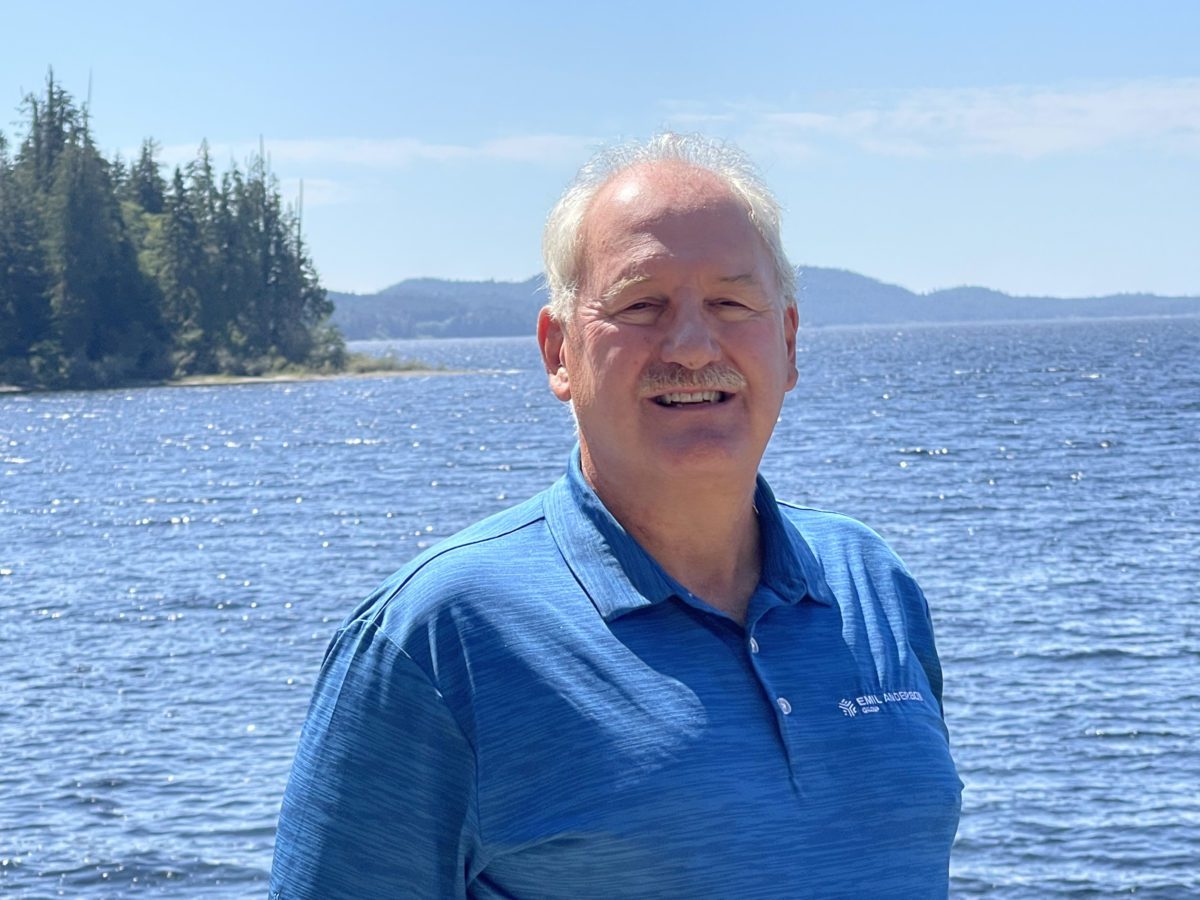
Mike Jacobs, Chair of Emil Anderson Group of Companies says, “If something makes sense to do, you have to do it.”
So it’s not surprising that Mike never gave up on a plan to donate a portion of his company’s Englishman River property to The Nature Trust of BC to conserve in perpetuity. It was a deal that took 10 years to complete.
Mike is not easily daunted. He has overseen the expansion of the six-lane Highway 97 through Kelowna, the construction of the WR Bennett Bridge-Campbell Road interchange, the construction of the Whistler Sliding Centre and ski jumps for the 2010 Olympics (including trucking snow to Cypress Mountain for the ski-cross event), and the development of many phases of the Kicking Horse Canyon Trans-Canada Highway. Mike helped build Emil Anderson Construction (EAC) into a multi-faceted operation.
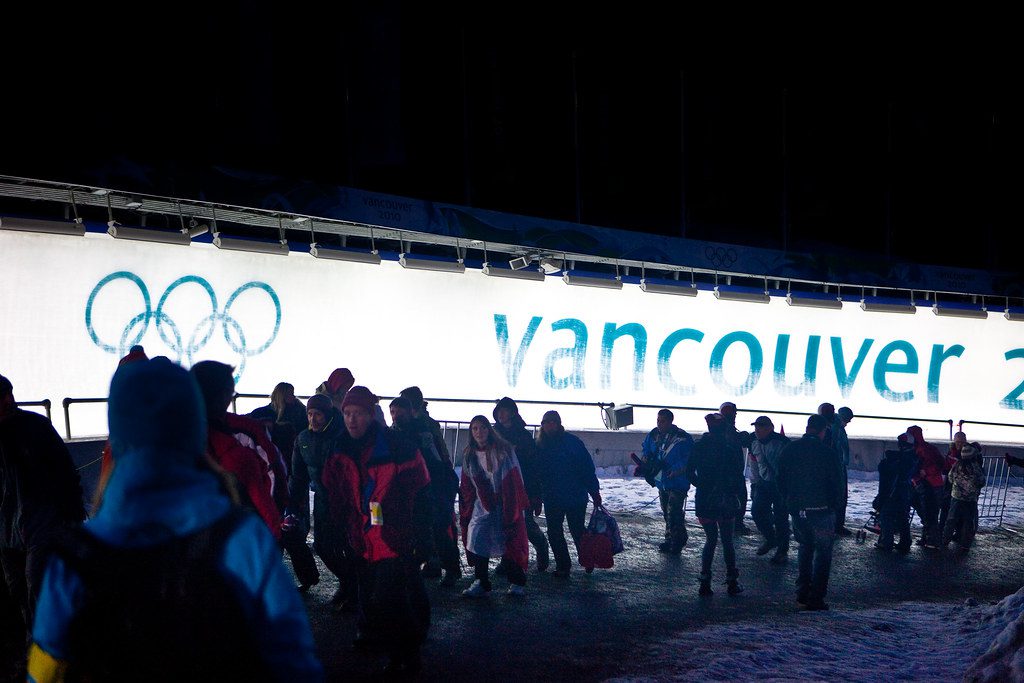
Whistler Sliding Centre, photo by Kris Krug
He is a great-grandson of Emil Anderson, who started EAC in 1938 as a road building business. Today, the Emil Anderson Group of Companies encompasses nine divisions acclaimed not only for road construction expertise, but also for major civil infrastructure projects, highway road maintenance and residential/commercial development.
His role as Project Manager for the Dilworth Mountain Estates development in Kelowna drew Mike into the family business in 1988 after graduating from UBC with a BASc in Engineering and an MS in Construction Management from Stanford University. But Mike is quick to note the construction business was in his blood.
In 2017, Mike became Chair of the Board of Emil Anderson Group of Companies after 13 years as president and CEO. He has been recognized for his contributions to business and the community with numerous awards including the UBC Applied Science Dean’s Medal of Distinction and the Kelowna Chamber of Commerce Excellence Awards’ Business Leader of the year.
Mike spoke recently with The Nature Trust to share the fascinating story of his 10-year effort to make 29 hectares (71.4 acres) of the Englishman River- Kw’a’luxw – Emil Anderson Legacy Forest part of The Nature Trust’s treasury of 500 properties and 180,000 acres of ecologically significant land across B.C. and how the legacy of Emil Anderson has continued through four generations.
In 2012, EAC owned property along the Englishman River including a dormant gravel pit and the riparian forest you wanted to protect and conserve by donating it to The Nature Trust of BC. What’s the history of this property and how did it launch your 10-year endeavour?
In 1960, my father, Gil Jacobs (company president from 1976 to 1996) bought for EAC, 80 acres known as District Lot 57 for $6,000. We extracted gravel to build and repave the old Vancouver Island Highway, a number of highway projects in the 1970s and for major highway projects on the Inland Vancouver Island Highway including the bypass around Parksville in the 1990’s
The property also included valuable secondary cedar growth which was actually zoned for resource extraction and logging. Even though we had the right to clear cut, or select log the property, we started to look at other options.
The Englishman River property in the flood plain is a fabulous piece of land to preserve. We were determined to find a way to protect it while still being able to build a residential development on the remaining portion of the land.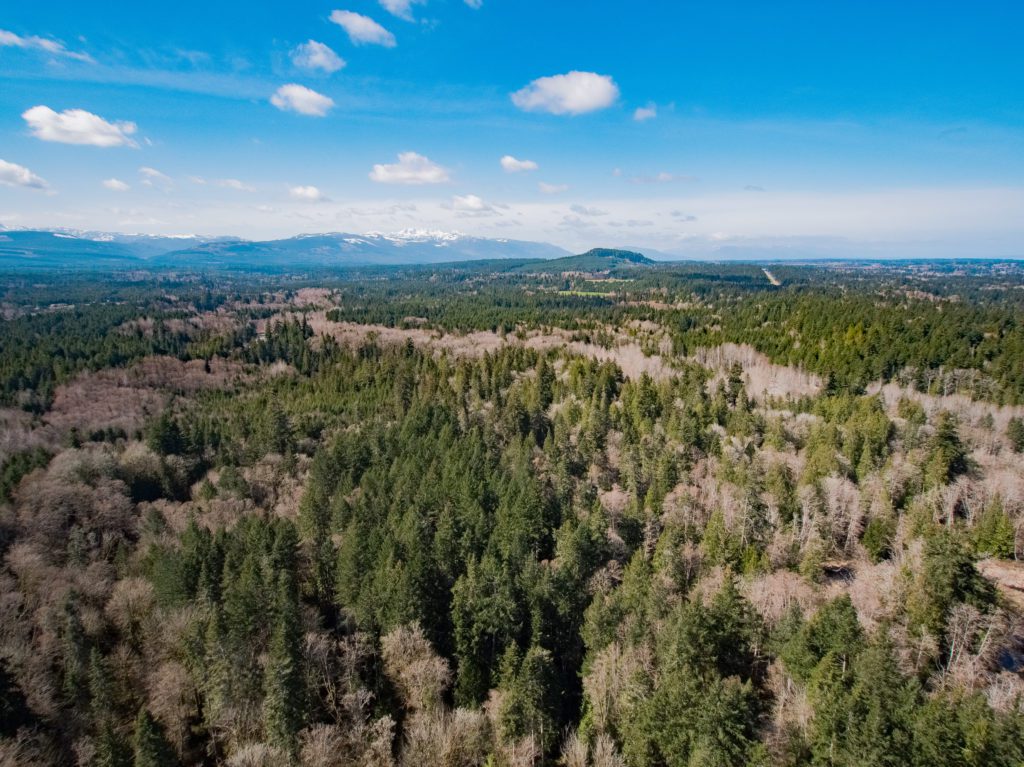
In 2012 you approached The Nature Trust of British Columbia with the idea of donating the riparian forest part of your Englishman River property for conservation. Did you have a connection with The Nature Trust?
I had known about The Nature Trust of BC for years. I knew about their property conservation in the Penticton area and their conservation of grasslands in the South Okanagan. I knew they were doing great things and it was a good cause. One of the causes we supported was The Nature Trust’s Earth, Wind, Fire fundraising event in Kelowna.
We have a company and family history of quietly supporting good causes from Ducks Unlimited to providing Hope, B.C. with a Search and Rescue vehicle, decades of support to the Hope Golf Course and doing much work in kind for community amenities like the Mission Creek Greenway in Kelowna and Vedder River trails in Chilliwack The company also believes in giving back through its employee-led Community Give-Back program.
In 2022, this generous property donation finally became part of The Nature Trust’s treasury of conserved land. Why did this deal take so long to complete? And did you ever think of giving up?
It was a complex land deal involving a land swap, a subdivision development and numerous stakeholders.
We just kept pushing, knocking off each hurdle one at a time.
One of the stumbling blocks was the discovery that a mistake had been made in the original property survey. This meant the parcel we wanted for a residential development project fell just short of the Regional District’s required acreage.
Meeting the criteria required some creative thinking. Julian Zelazny, the Nature Trust’s Director of Conservation Land Securement, was instrumental in helping convey the value of the donation to the Nanaimo Regional District Board. The Nature Trust also helped us apply to the Ecological Gift program, a tax credit incentive for donations of ecologically significant land. This is a good example of how our federal government is helping Canadians protect land and leave a legacy for future generations.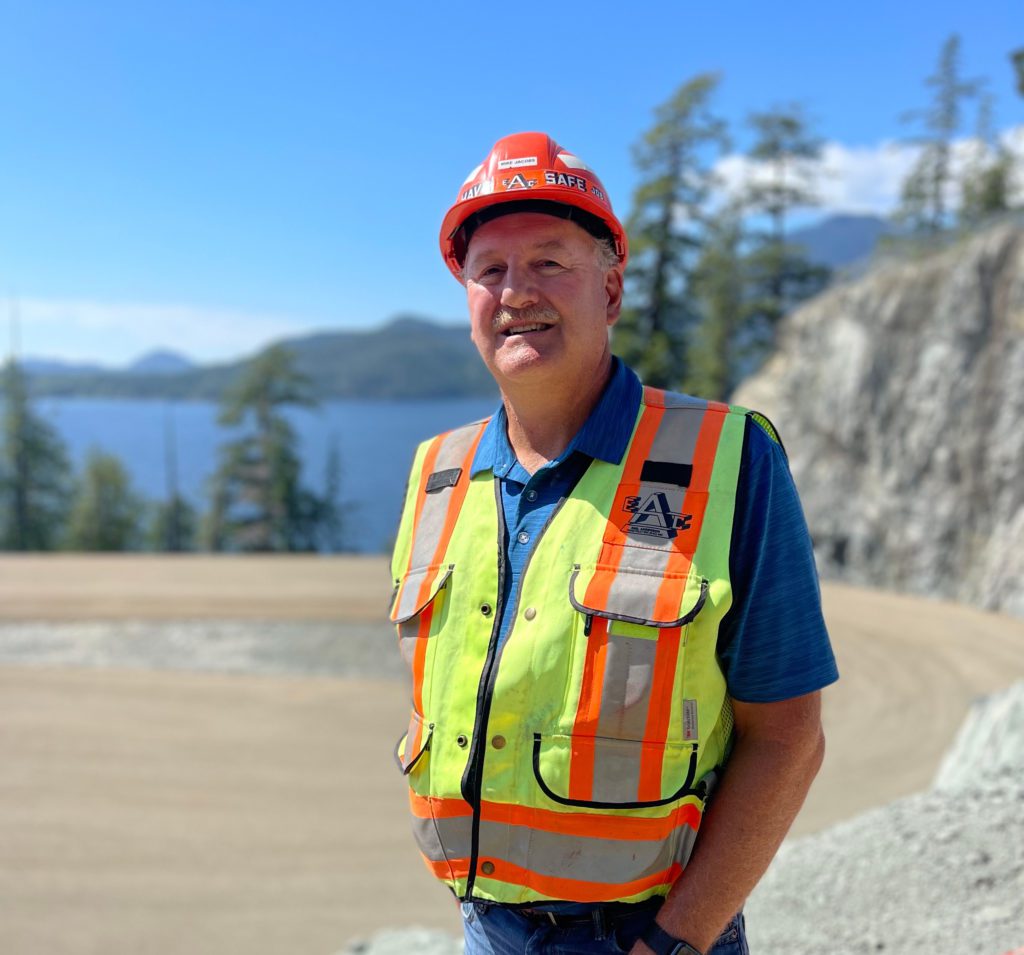
It seems your family has a history of sticking with things worth doing. What are some of the accomplishments you’re most proud of?
We were part of the main effort to open the Coquihalla Highway to traffic flow after the flood damage in November, 2021. It was an all-out, 24/7 effort for 41 days and an exciting time in a contractor and engineer’s life because you’re asked to do what’s almost impossible and then you go and do it. EAC is pleased to have responded to many natural disasters over the decades to open highways and railroads to keep goods and people moving.
There are many proud moments going back to 1942 when my great-grandfather Emil and his son Carl Anderson helped build the Alaska Highway in one season working alongside military engineers and every contractor available. Carl said it was the best time of his life.
Based on a career that spans some 34 years in the construction and development in British Columbia, how do you view the next ten years and beyond, especially in terms of the environment?
This province is one of the best places in the world but we could do more to enhance climate resilience by creating more spaces in nature for people to enjoy, by managing our forests more productively, planting more trees, conserving more vulnerable land along with growing our economy and providing minerals and cleaner energy as the world transitions away from GHG emissions.
And in terms of business, if you want to get into construction engineering, get a job with a shovel first. I worked three summers as a surveyor’s assistant and labourer on highway projects in B.C. and I tell the students I mentor at UBC, learn how to build stuff and it will take you further in your engineering career than anything you learn in school.
“The Emil Anderson Group is very proud of the company legacy in construction excellence, award winning development now carried on now through four generations. We have built infrastructure projects that opened up BC, with many still in use 6-7 decades later, worked on many environmental enhancements and restored infrastructure and property damaged by natural disasters. In our housing communities preserving open space around our neighbourhoods is a key element of the livability of our neighbourhoods. The Englishman River land donation to NTBC enhances the legacy started by Emil Anderson almost 85 years ago.”
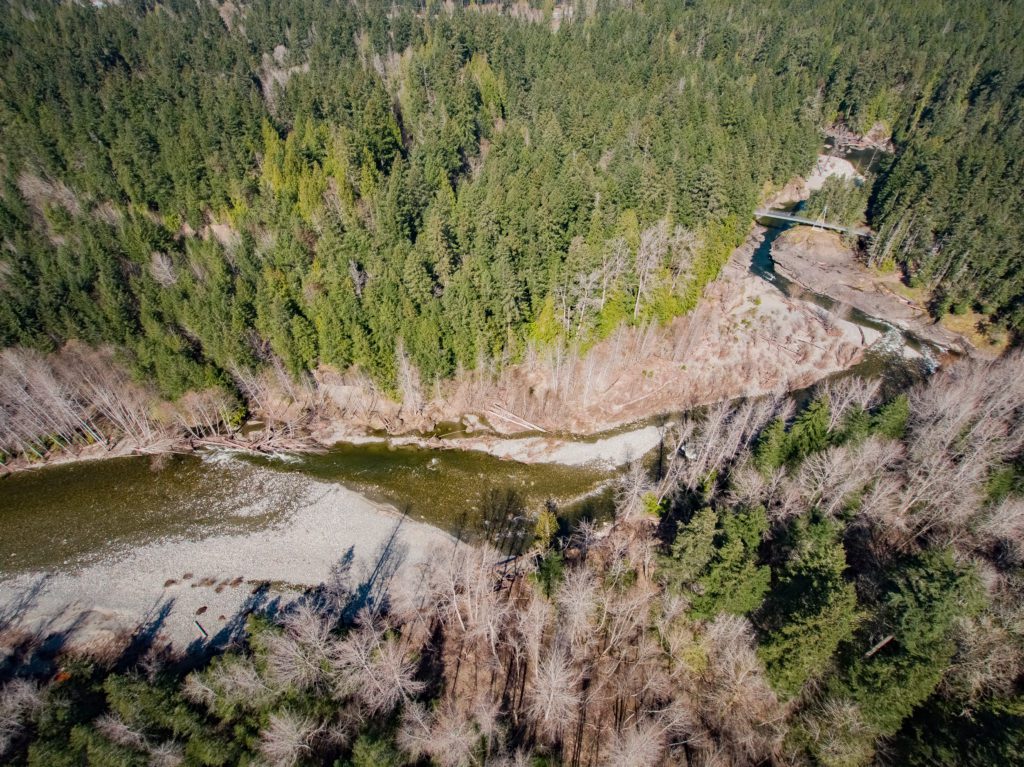
The Nature Trust of BC has acquired and managed land along the Englishman River since 1978, helping to protect and conserve species who call it home from the headwaters on the Eastern slopes of the Beaufort Range to the estuary near Parksville on Vancouver Island.
The Englishman River is in the Coastal Douglas-fir biogeoclimatic zone – B.C.’s most endangered zone and one of The Nature Trust of BC’s conservation priorities.
